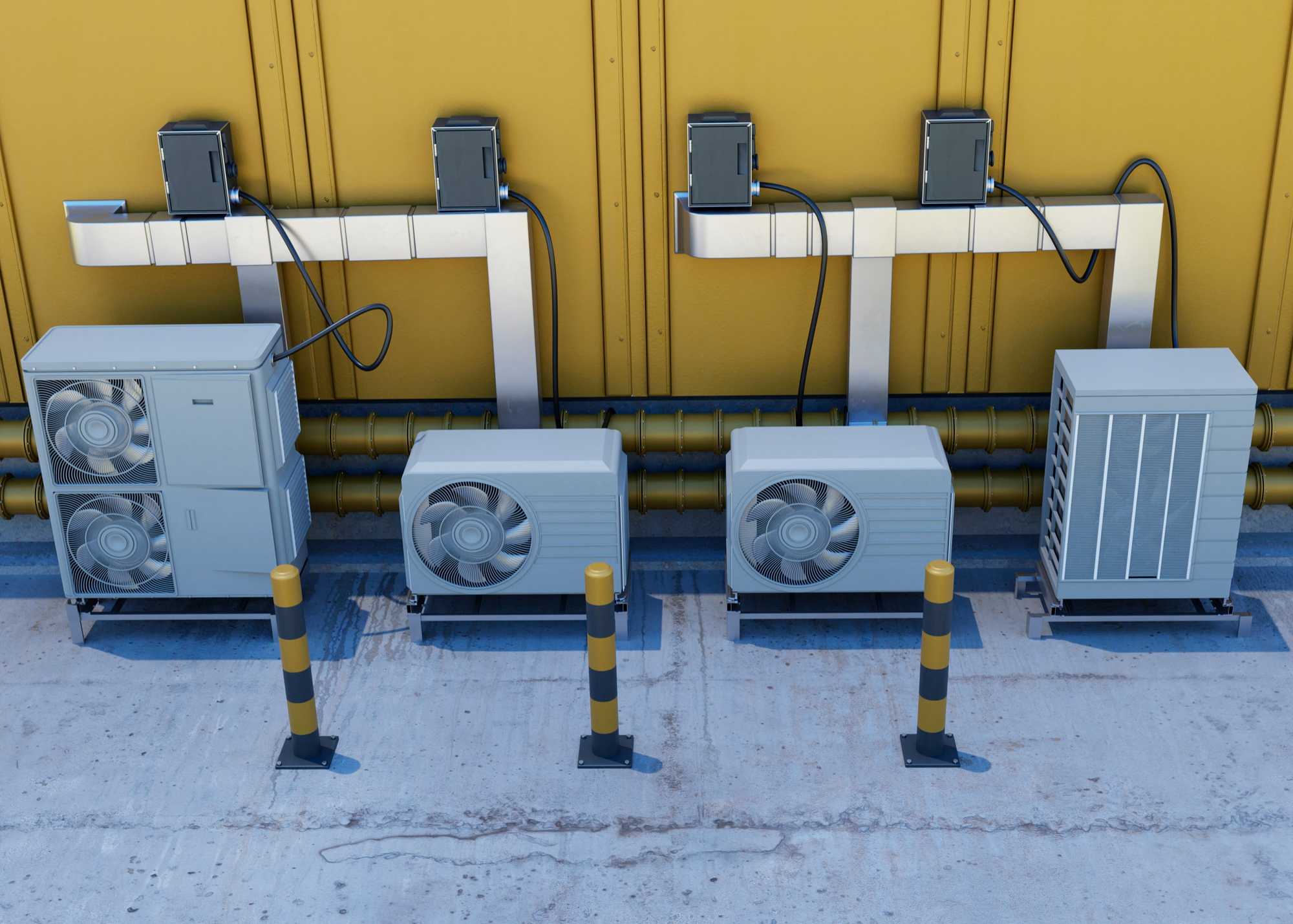
HVAC/AHU System Validation
The system involves systemized and assembled documents of functional specifications, design drawings, plans, specifications, validation master plan, testing adjusting and balancing (TAB), and startup reports.
Overview
HVAC/AHU System Validation
Validation of HVAC/AHU systems is a critical process in manufacturing to ensure that products meet required quality standards. Nexton strictly follows WHO, EU guidelines, ISO standards and best practices, for testing and validating HVAC/AHU systems. Our procedures are designed to ensure that our systems are validated to the highest standards and meet your specific needs.
Our validation process includes multiple steps to ensure system effectiveness. These procedures are designed to ensure that the system functions properly and complies with relevant standards. We perform a thorough inspection of the system, including a review of the design, materials used, and manufacturing processes. In addition, functional tests are performed to ensure that the system meets specified performance standards, and environmental tests are performed to ensure that the system can operate within specified temperature and humidity ranges. Our verification procedures also include documentation and records to help you easily track and verify your system in the future.
Airflow Velocity & Airflow Patterns
Airflow velocity and patterns are critical factors in evaluating the efficiency of an air handling unit (AHU). These parameters can be affected by the temperature and relative humidity of the environment. Higher temperatures increase airflow velocity, while higher humidity causes more turbulent airflow patterns. Conversely, lower temperatures and humidity lead to lower velocity and smoother patterns. To ensure optimal air quality and comfort for building occupants, it is necessary to consider temperature and relative humidity when evaluating AHU airflow velocity and patterns.
Filter Leak Test
The objective of this test is to confirm that the filter system is properly installed and that leaks have not developed during installation.
Viable Testing
Viable monitoring should be done every day by the swab test and using nutrient agar medium for the incubation of micro-organisms.
Filter Integrity Testing (DOP/PAO)
The filter integrity test is performed on HEPA filters, this is done preparing a PAO aerosol using an aerosol generator and allowing an upward flow of the aerosol. Total amount of reversed aerosol should not exceed the higher limit of the HEPA filter.
Pressure Differentiation
The test aims at verifying the capability of HVAC system and to maintain the specified pressure difference between the installation and its surrounding areas and also between the separate rooms within the installation
Recovery Test
Recovery performance is evaluated upon the time frame of 15 minutes, the recovery test indicates the time required to flush of the airborne particles accumulated inside the control zone, during the period when AHU is put off. The recovery of temperature and humidity is recorded
Particle count
The purpose of this test is to provide overall cleanliness of the environment with respect to the concentration of viable particles and thus providing an indication of microbial load of the clean rooms
